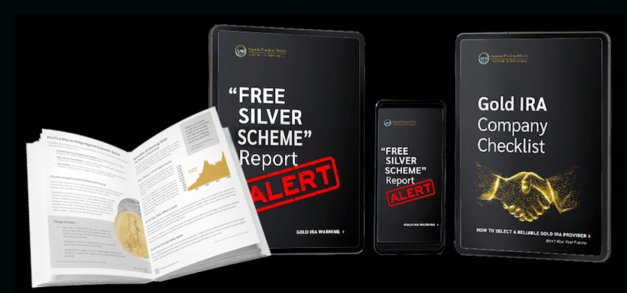Picture buying your morning coffee with a gold coin — sounds like a scene from a pirate movie, right? But not too long ago, that was reality. For thousands of years, gold wasn’t just a shiny investment or something locked in central bank vaults — it was actual money. And now, in an age of inflation fears, cryptocurrency experiments, and shaky trust in fiat currencies, people are asking: could gold make a comeback as real money? Let’s dig into the history, the hurdles, and the future possibilities.
A Brief History of Gold as Money
Gold’s monetary journey goes back over 2,500 years. Ancient civilizations from Lydia to Rome minted coins because gold was scarce, durable, and universally valued. Fast forward to the 19th and early 20th centuries, and many nations were on the gold standard, where each unit of currency could be exchanged for a fixed amount of gold. This system brought stability but also tied a country’s ability to spend or stimulate its economy to its gold reserves.

Why the World Moved Away from Gold
The gold standard began to strain during wars and depressions, when governments needed flexibility to print money and fund recovery. In 1971, the U.S., under President Nixon, officially abandoned the dollar’s convertibility into gold — effectively ending the Bretton Woods system and cementing our era of fiat money. Today, currency value rests on trust in governments and central banks, not on metal in a vault.
What It Would Take for Gold to Return as Currency
For gold to become everyday money again, a few big shifts would have to happen. Governments would need to agree to peg their currencies to gold, limiting their ability to print freely. Payment systems would need to handle transactions in physical gold or digital gold tokens. And most importantly, public confidence in fiat currency would have to collapse — think severe hyperinflation or global financial crisis.
Practical Barriers to Using Gold for Everyday Payments
Even if trust in fiat evaporated, using gold as a direct payment method has real-world headaches. Gold is heavy, not easily divisible for small purchases, and risky to carry. Imagine trying to shave off 0.03 grams to pay for a bus ticket. Plus, transaction speed matters — we live in a world where people complain if a tap-to-pay takes more than two seconds. Gold doesn’t exactly fit that lifestyle.
Modern Attempts at Gold-Backed Money
Gold hasn’t completely disappeared from the money conversation. Some fintech projects have issued gold-backed stablecoins, which let people spend digital tokens that represent real gold stored in vaults. These aim to combine gold’s stability with modern convenience. Some central banks, particularly in countries like Russia and China, are also increasing their gold reserves as a hedge against inflation and currency instability.
The Texas HB 1056 Experiment
One of the most interesting recent developments comes from Texas. In 2023, lawmakers passed HB 1056, which paves the way for a state-issued digital currency fully backed by physical gold stored in the Texas Bullion Depository. The idea is to let people hold and spend digital units, each representing a precise amount of gold, with the state guaranteeing redemption for the physical metal.
Supporters argue this could give Texans a hedge against inflation and federal monetary policy, offering a stable alternative that combines gold’s timeless value with modern payment tech. Critics, however, question how it would interact with federal currency laws and whether it could gain enough adoption to function as true money. Still, HB 1056 is a clear sign that the “gold as money” conversation isn’t just theoretical — it’s already moving into real policy.
Scenarios Where Gold Could Reclaim Its Role
In extreme situations — hyperinflation like Zimbabwe’s currency crisis or loss of faith in a global reserve currency — people often turn to gold for trade. It wouldn’t mean everyone carries coins, but gold (or gold-backed digital assets) could become a parallel currency alongside whatever fiat system still exists.
The Future: Gold as a Backing Asset, Not Pocket Change
Realistically, gold isn’t going to replace your debit card anytime soon. The future of gold in the monetary system is more likely as a backing asset for digital currencies or as an emergency store of value when things go sideways. In that sense, gold’s role would be less about buying groceries and more about anchoring trust in money.
Gold’s luster might fade in your wallet, but in the vaults of nations and investors, it’s as bright as ever. The question isn’t so much “Will gold be money again?” but “What kind of money will we trust in the next big crisis?”
